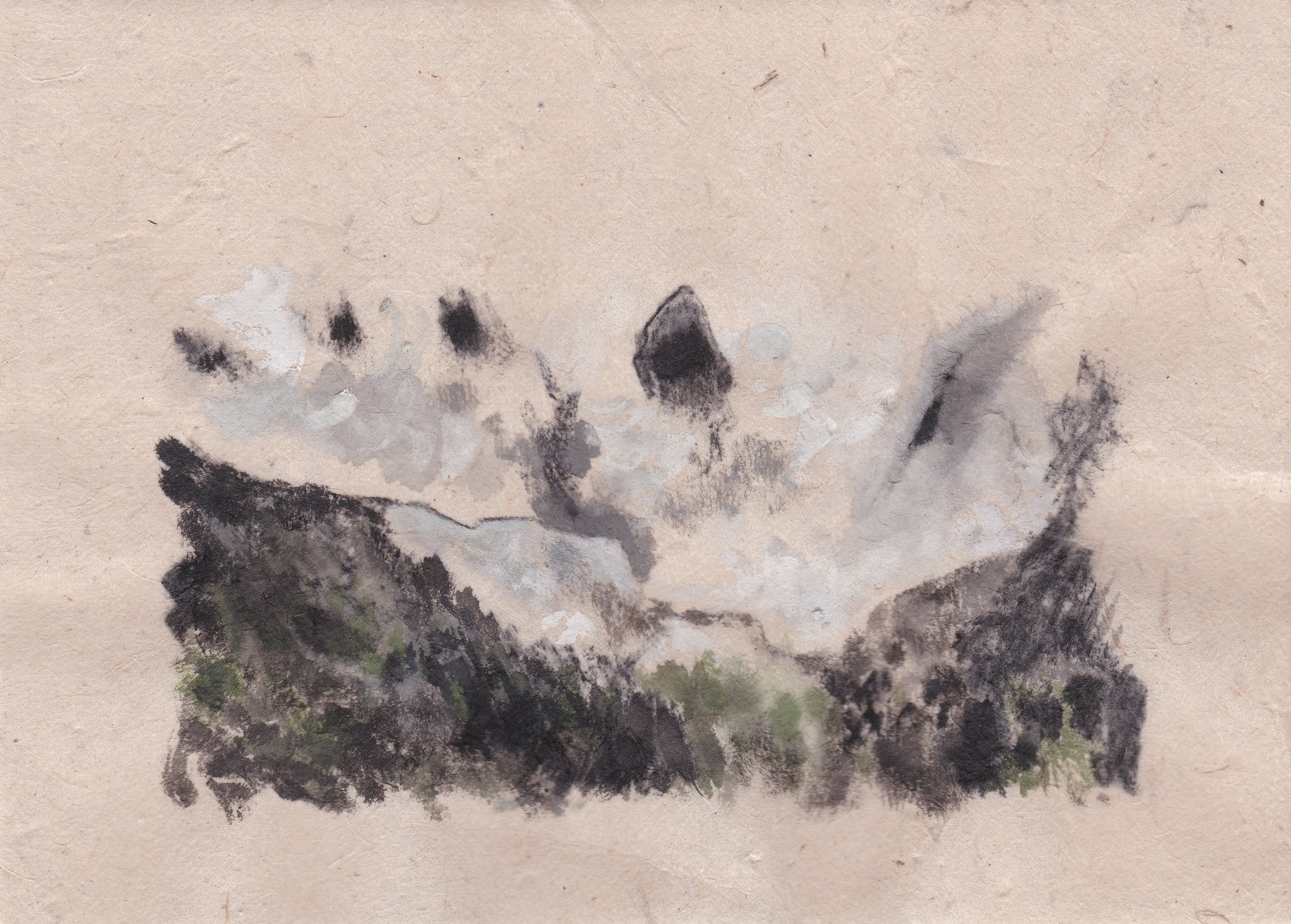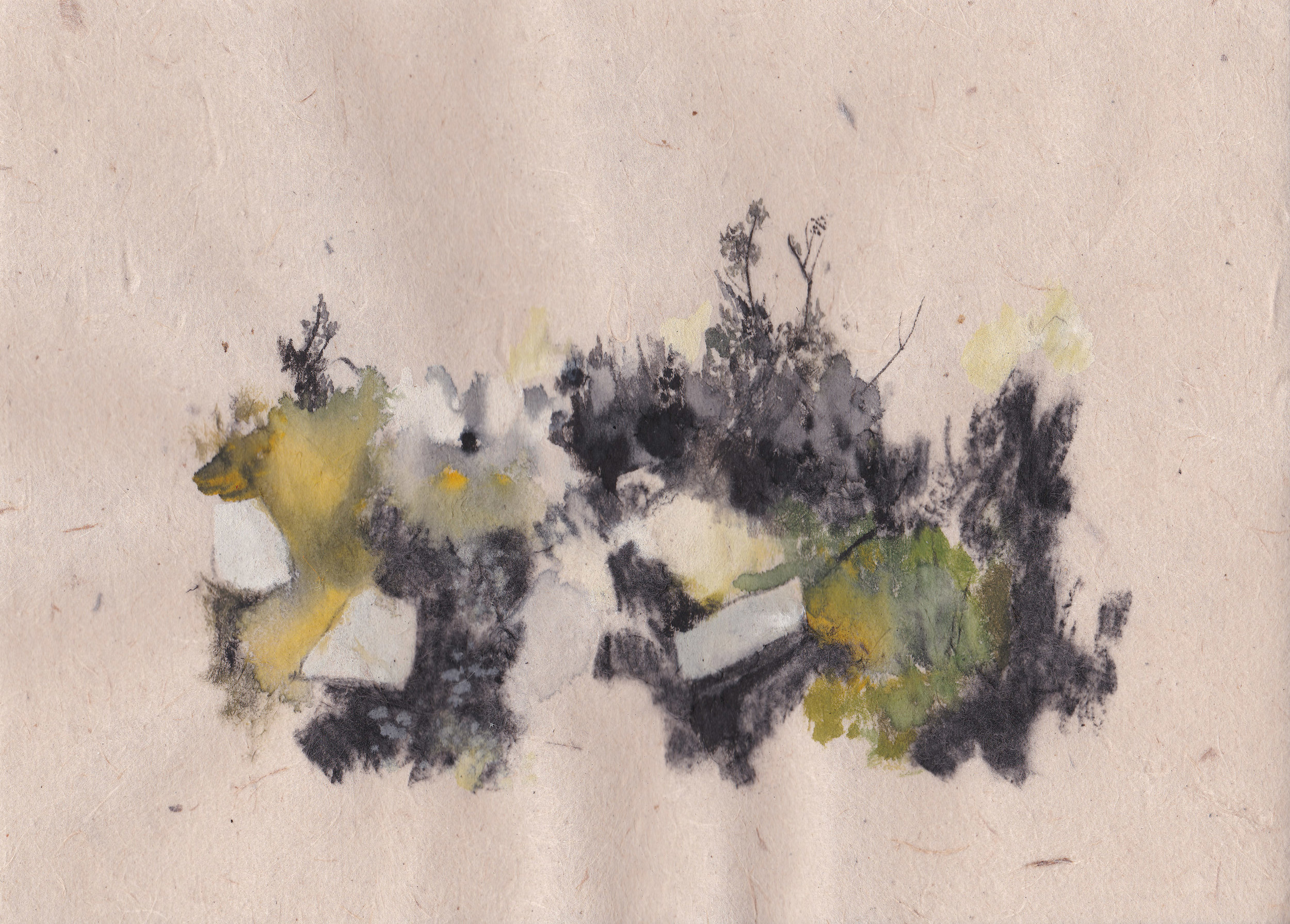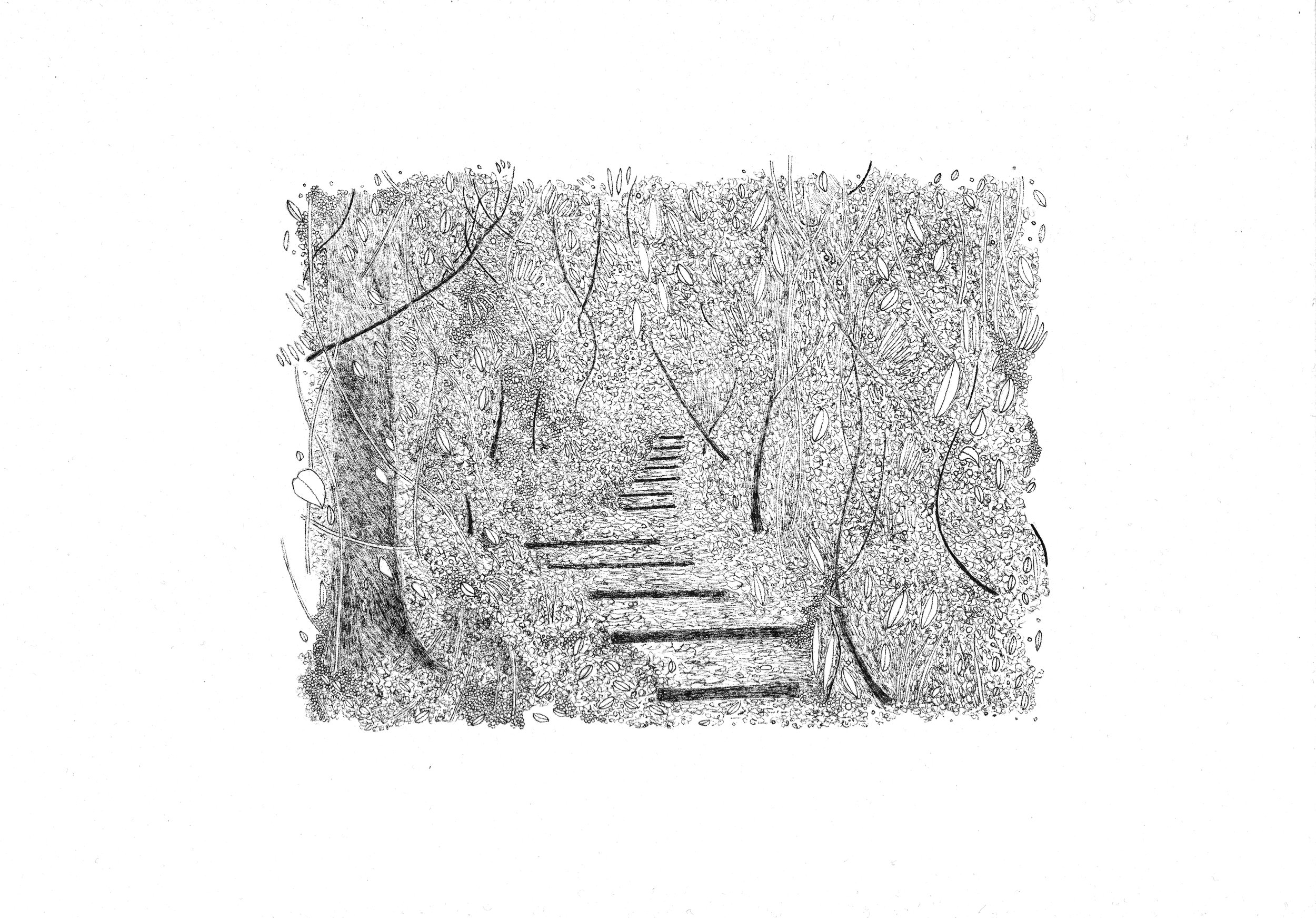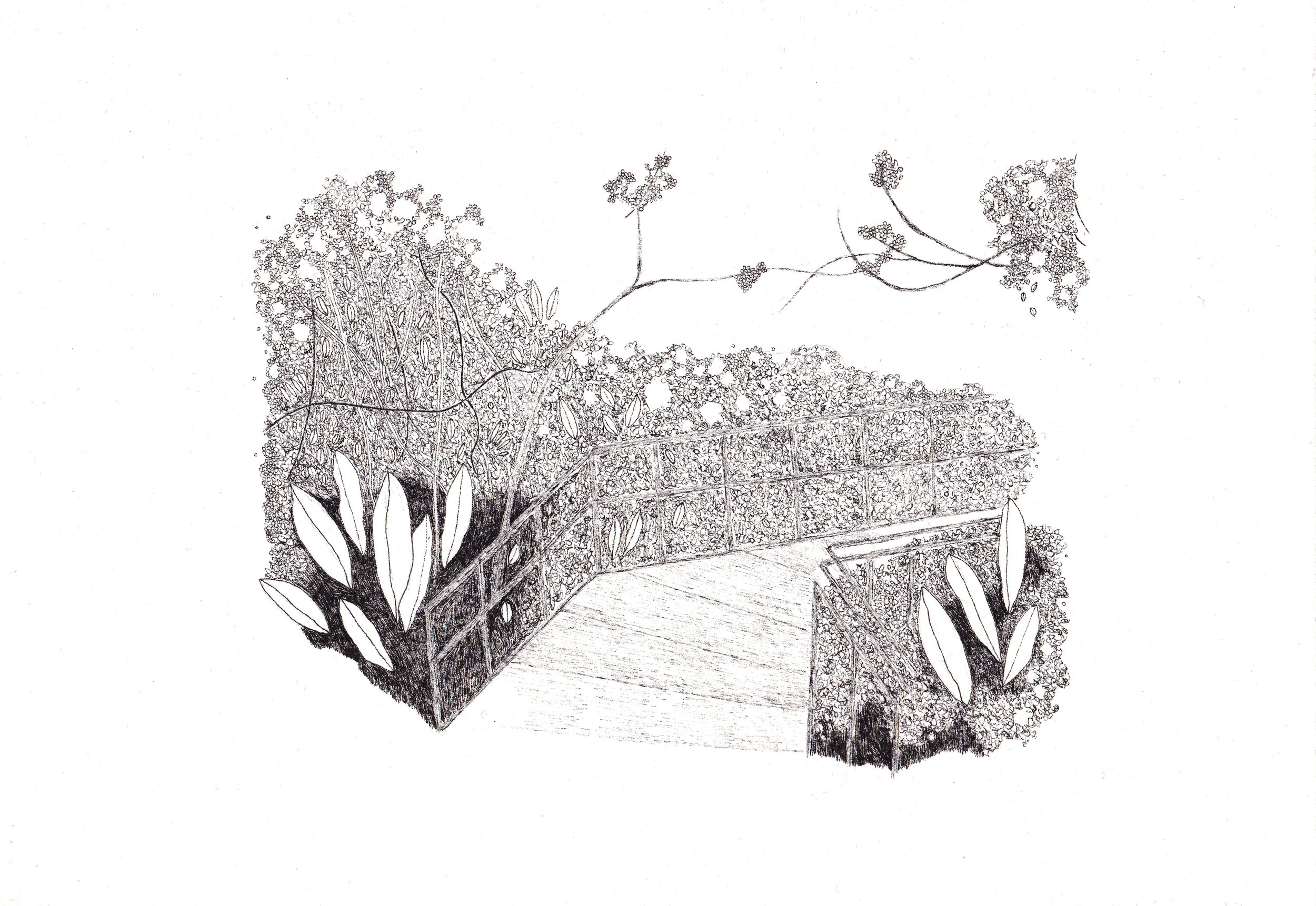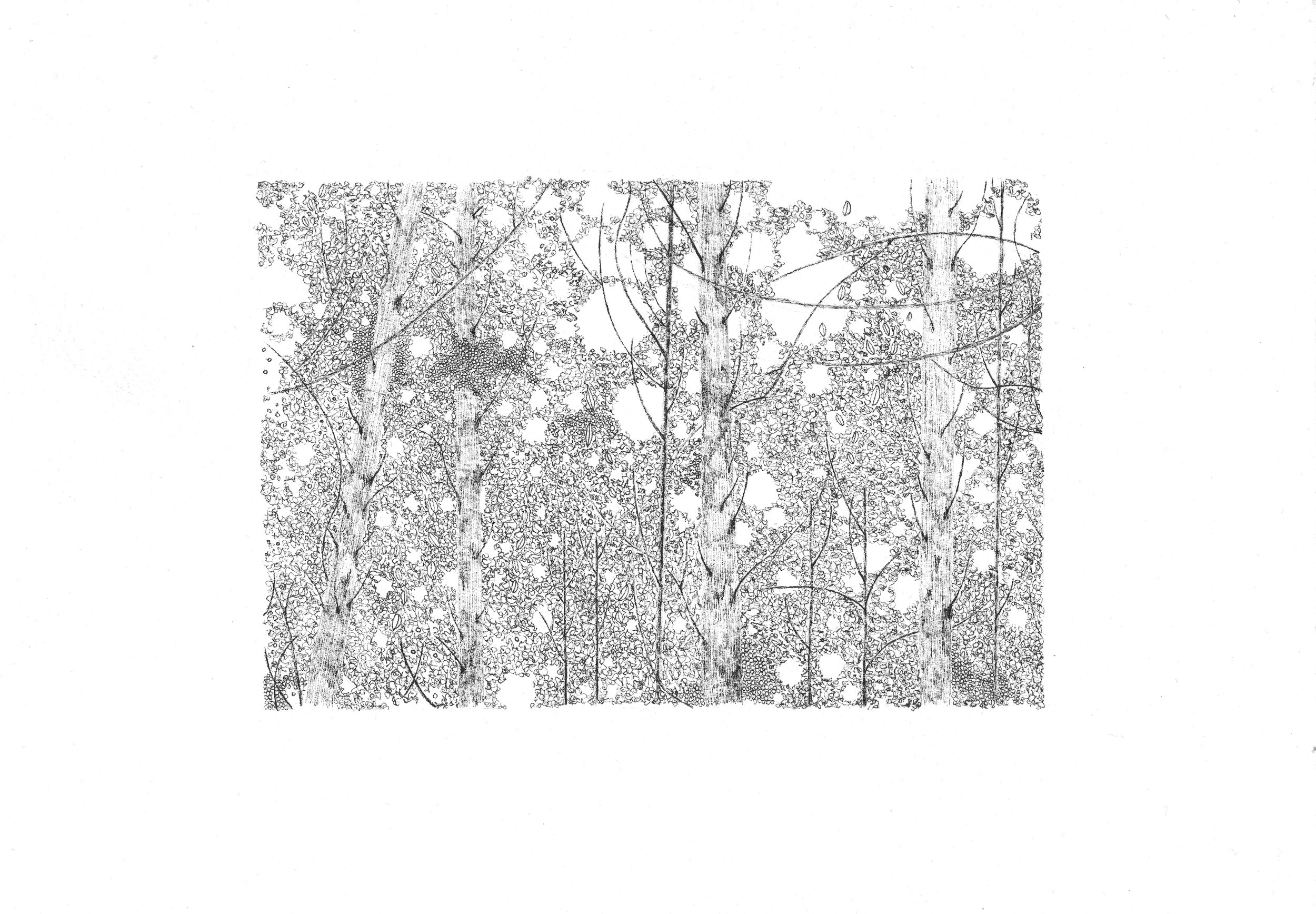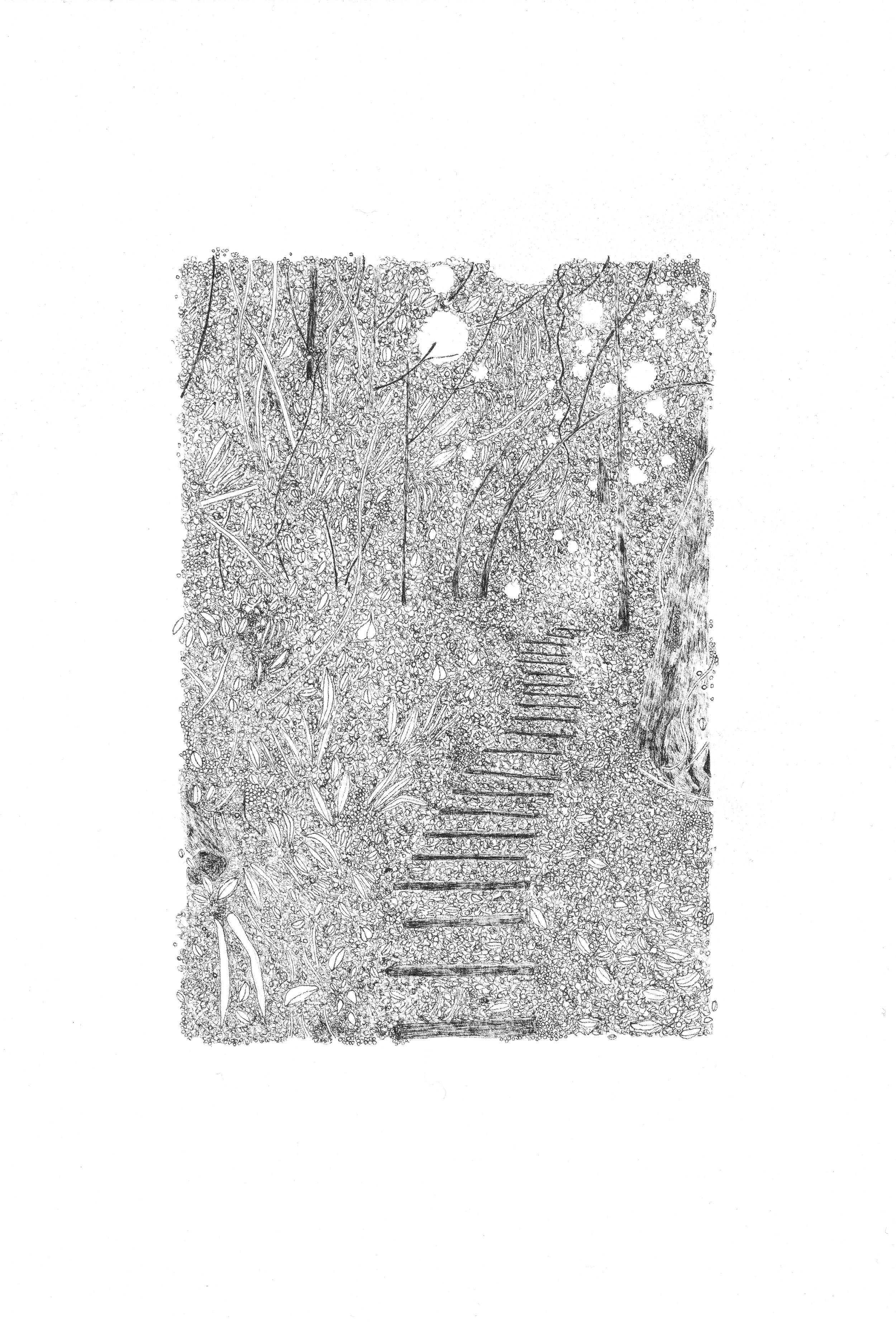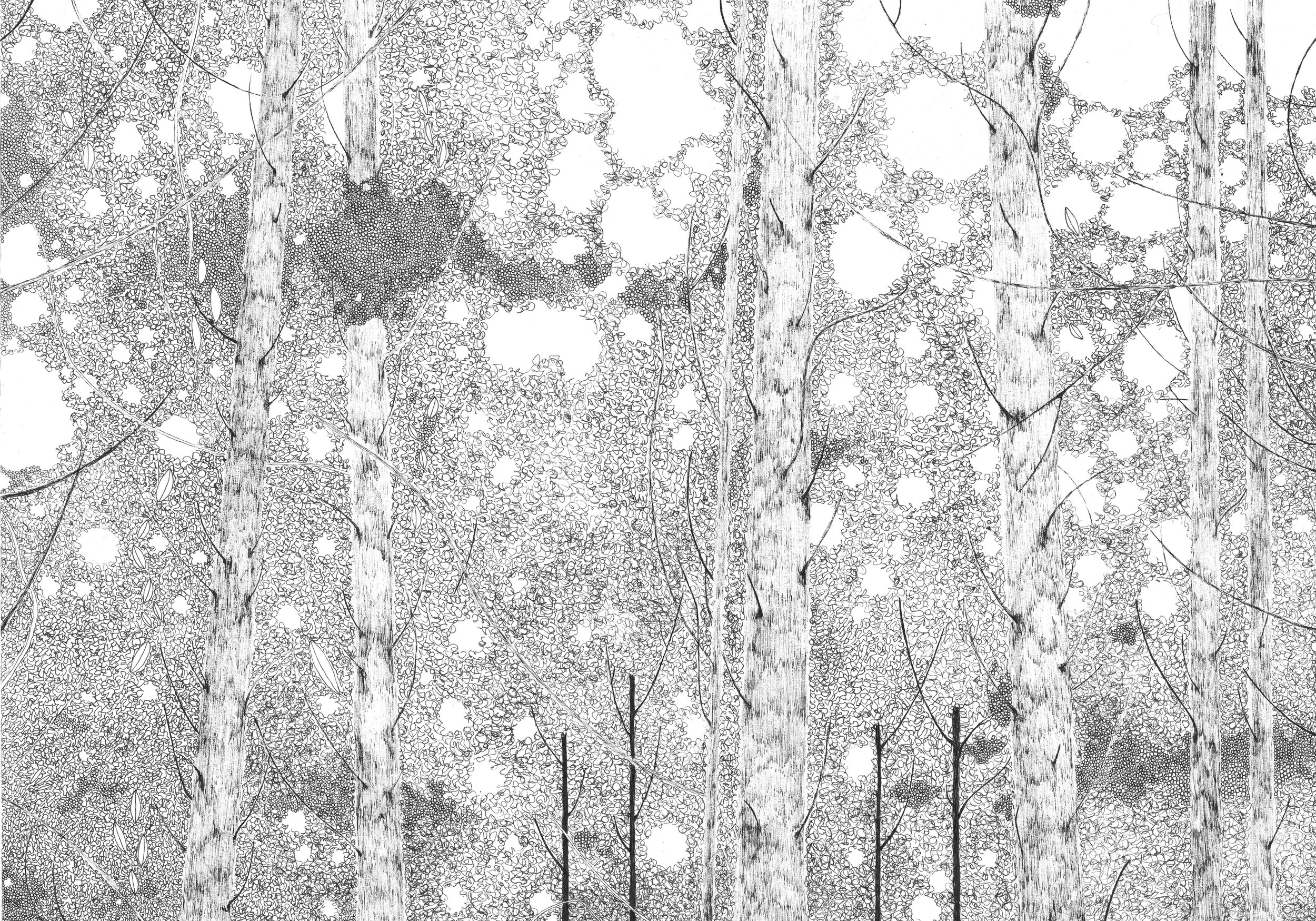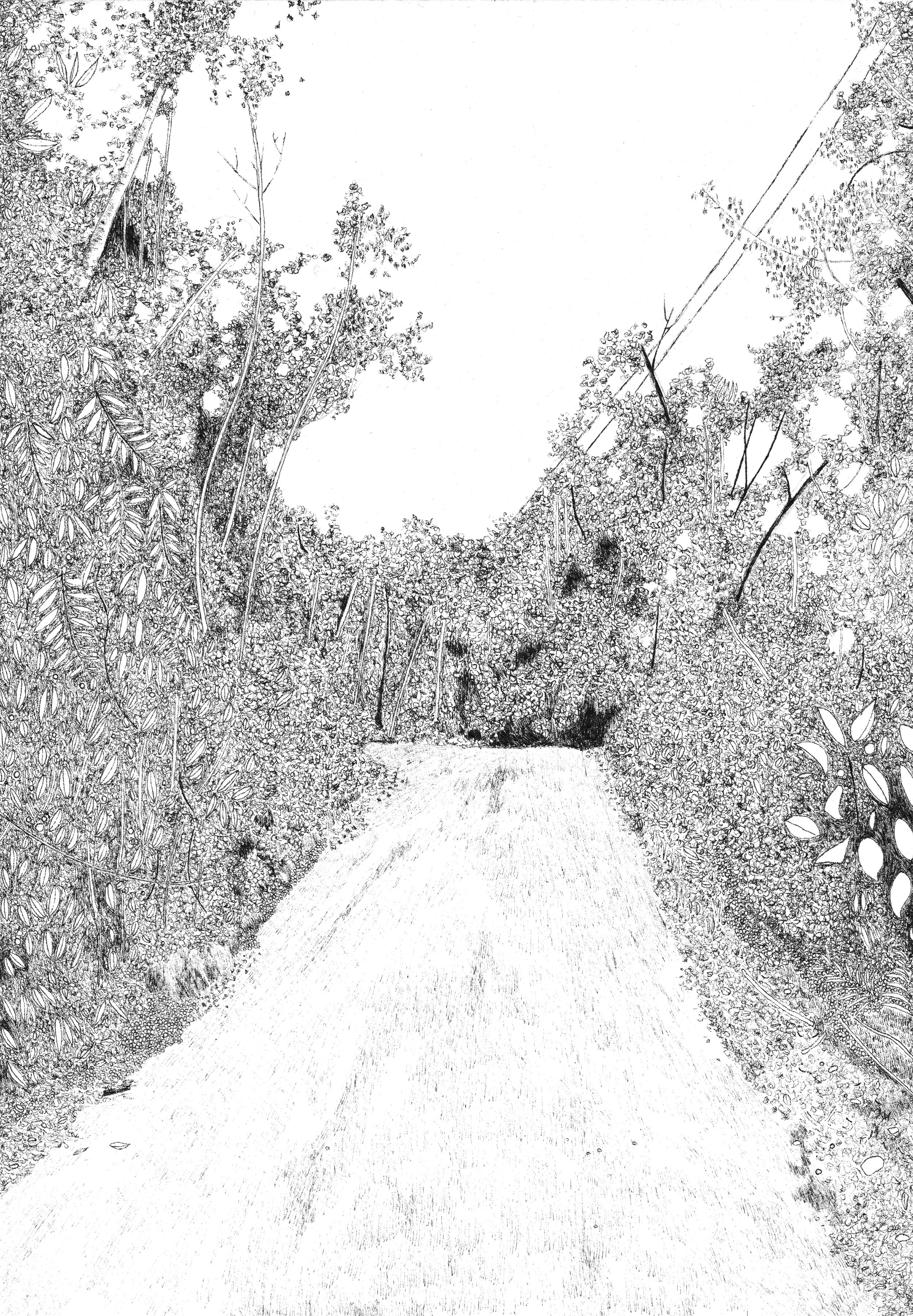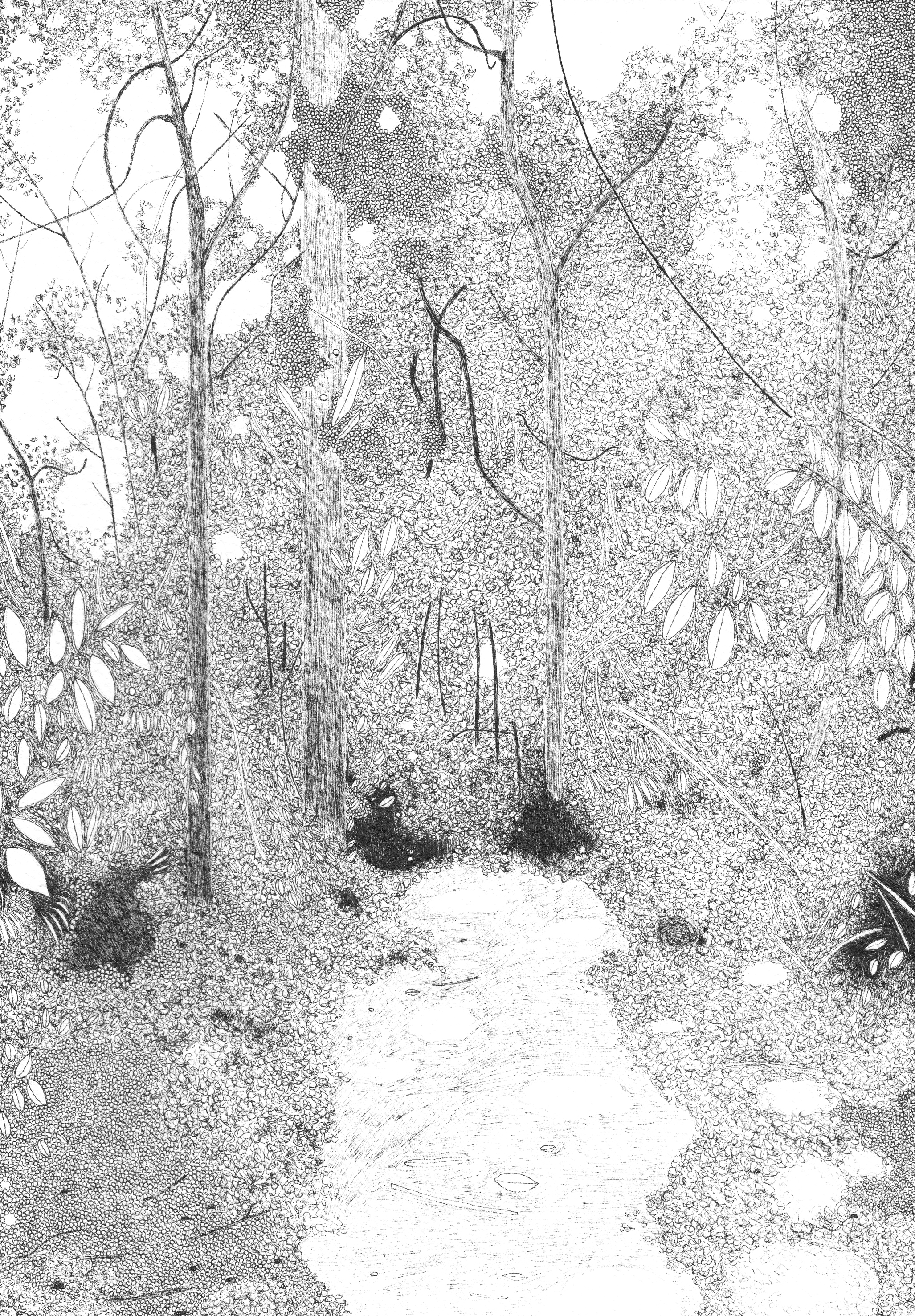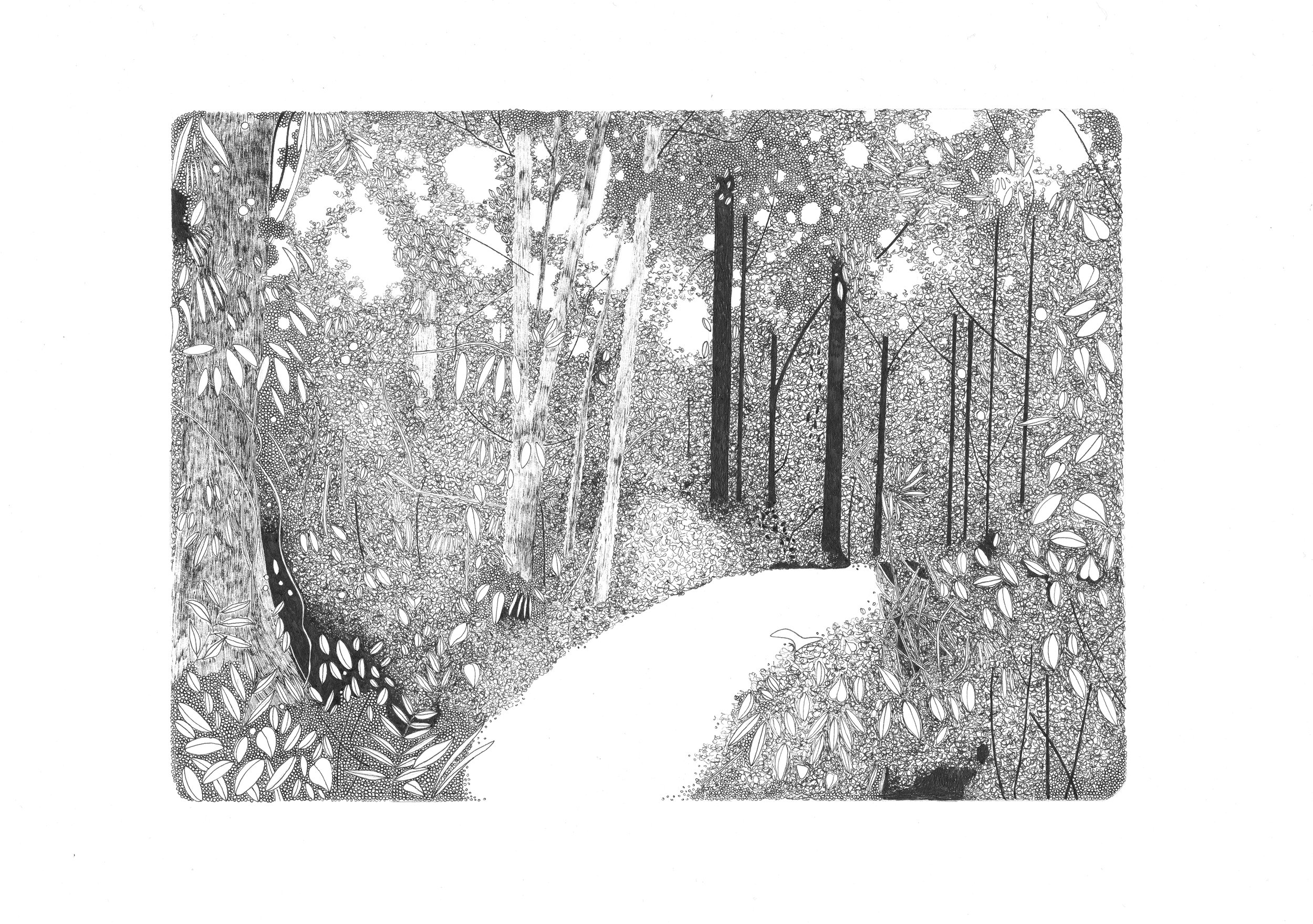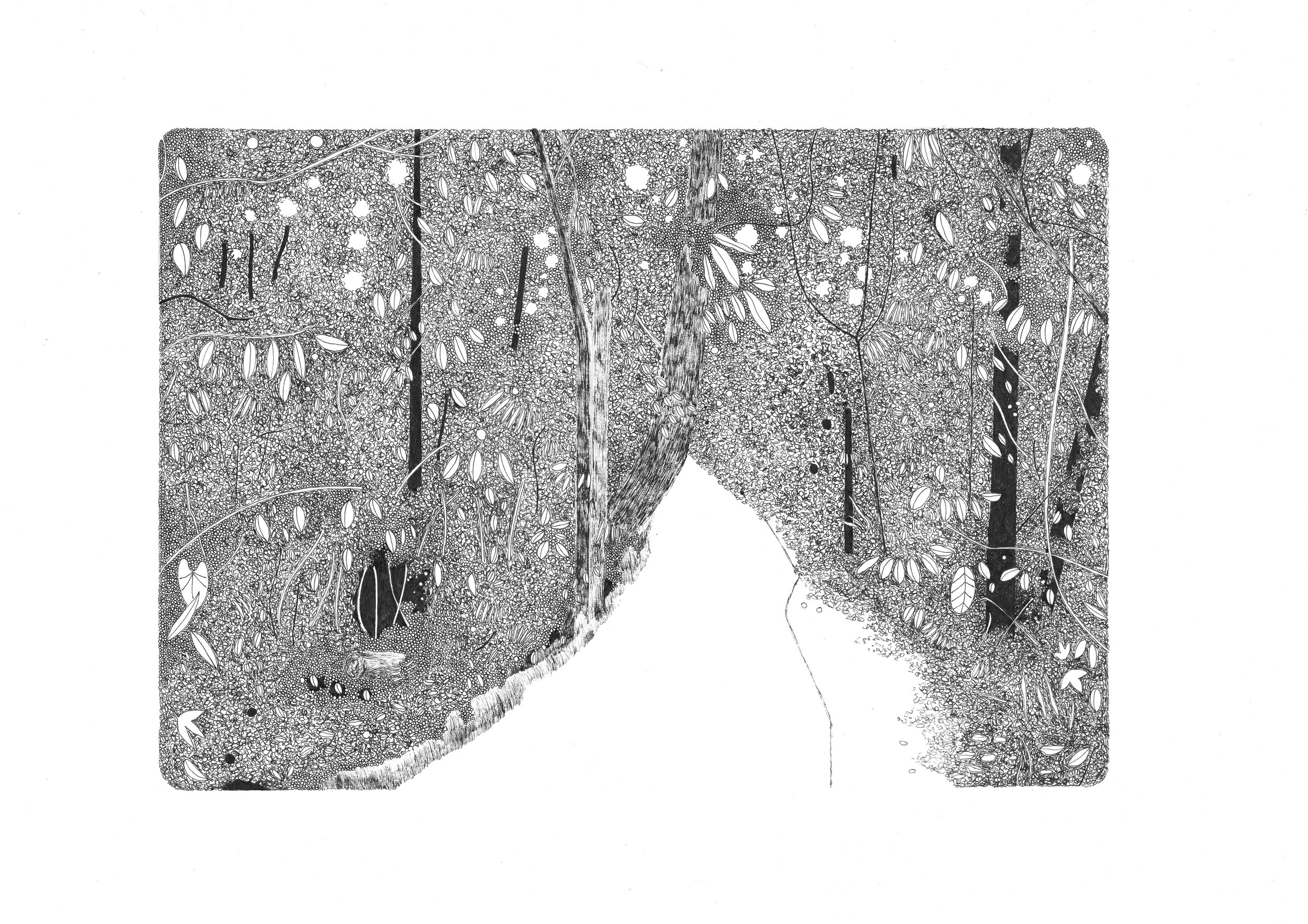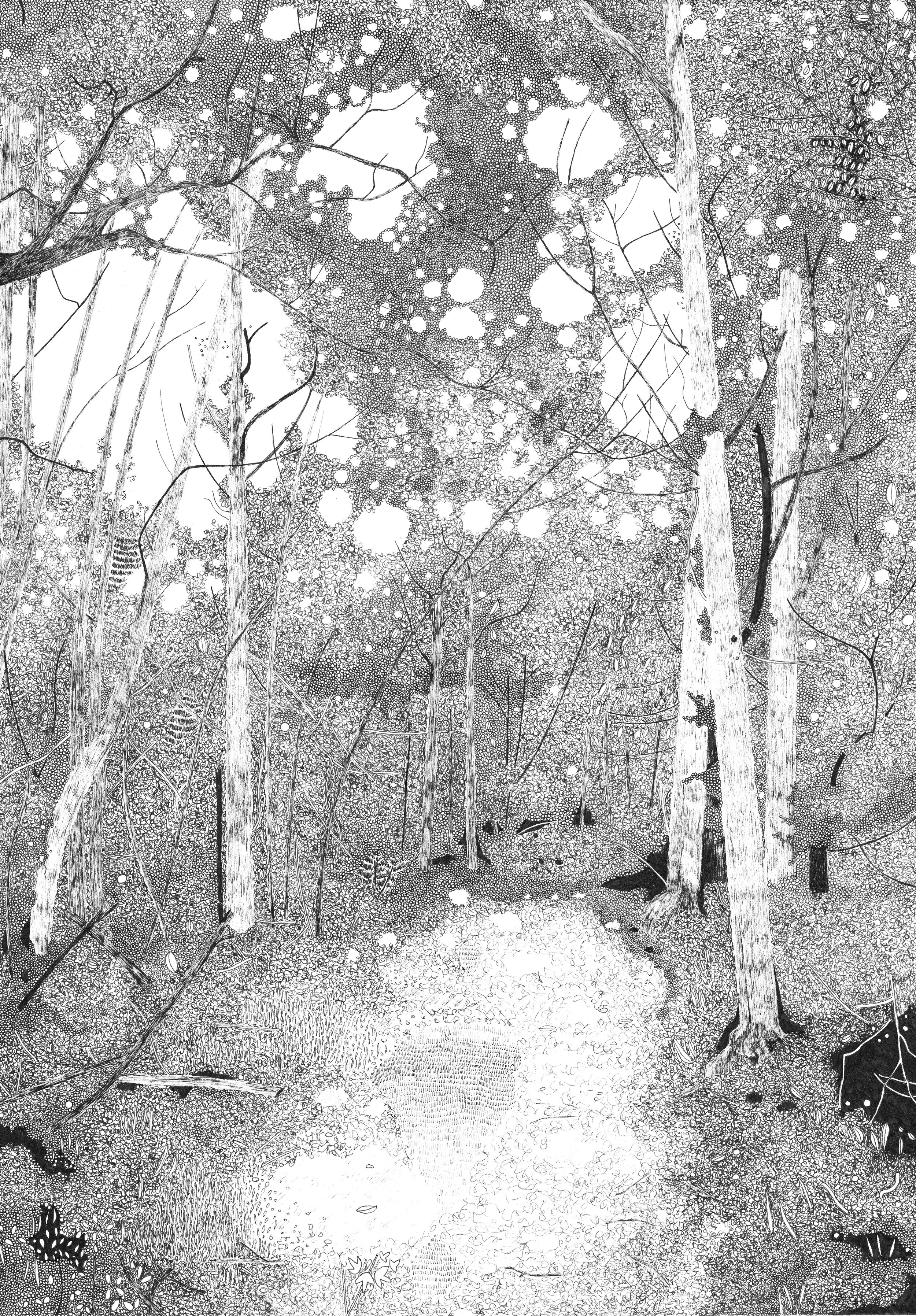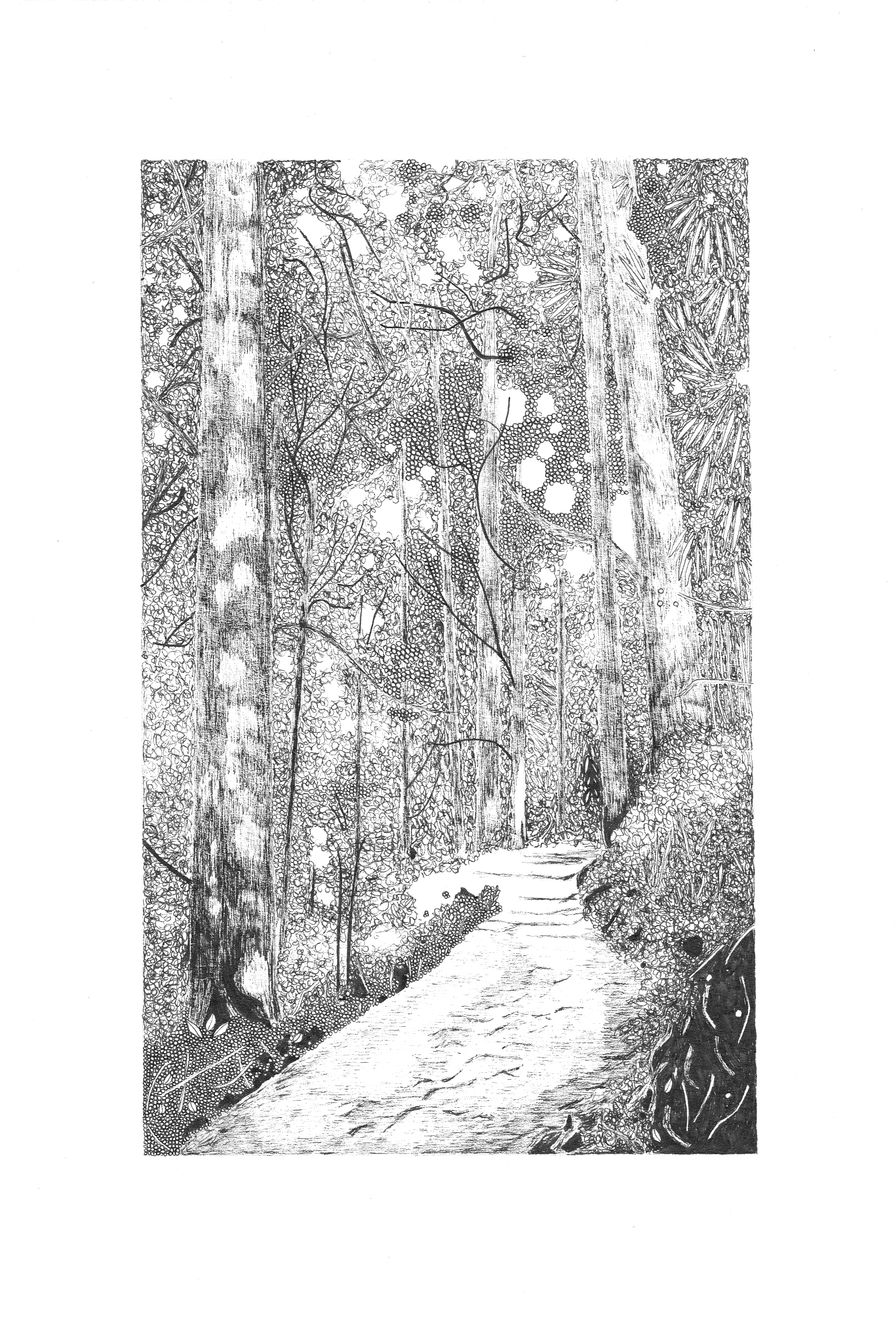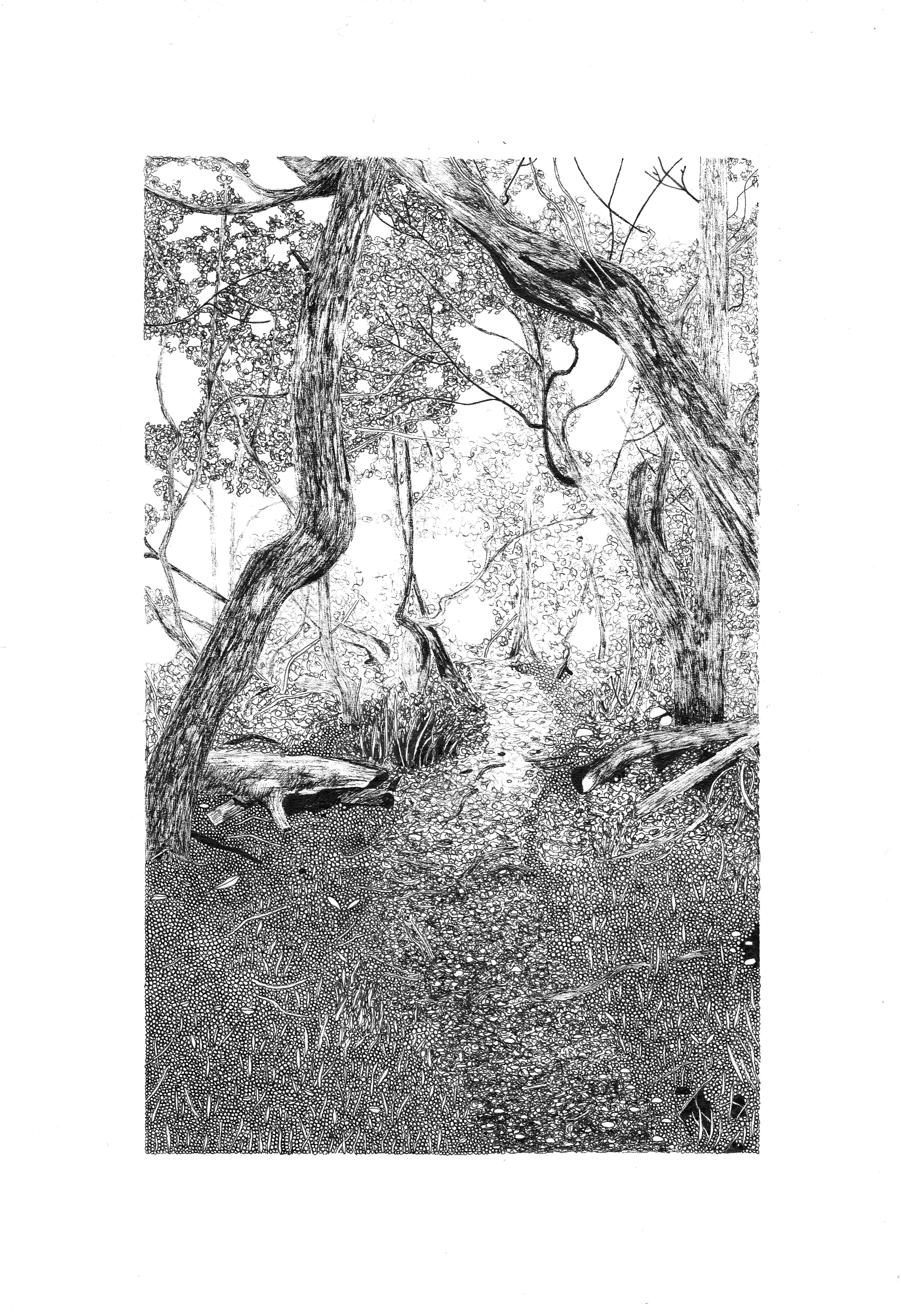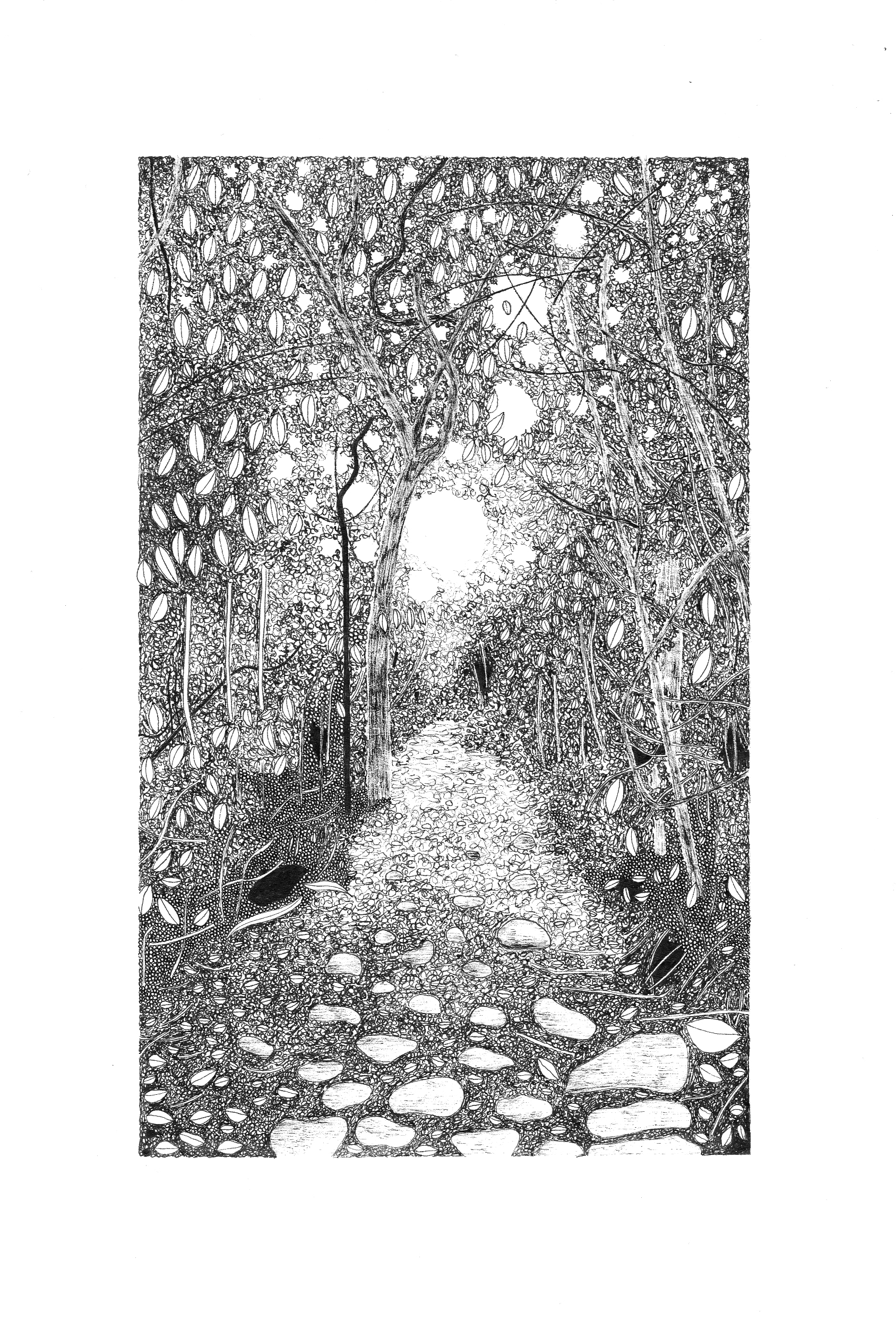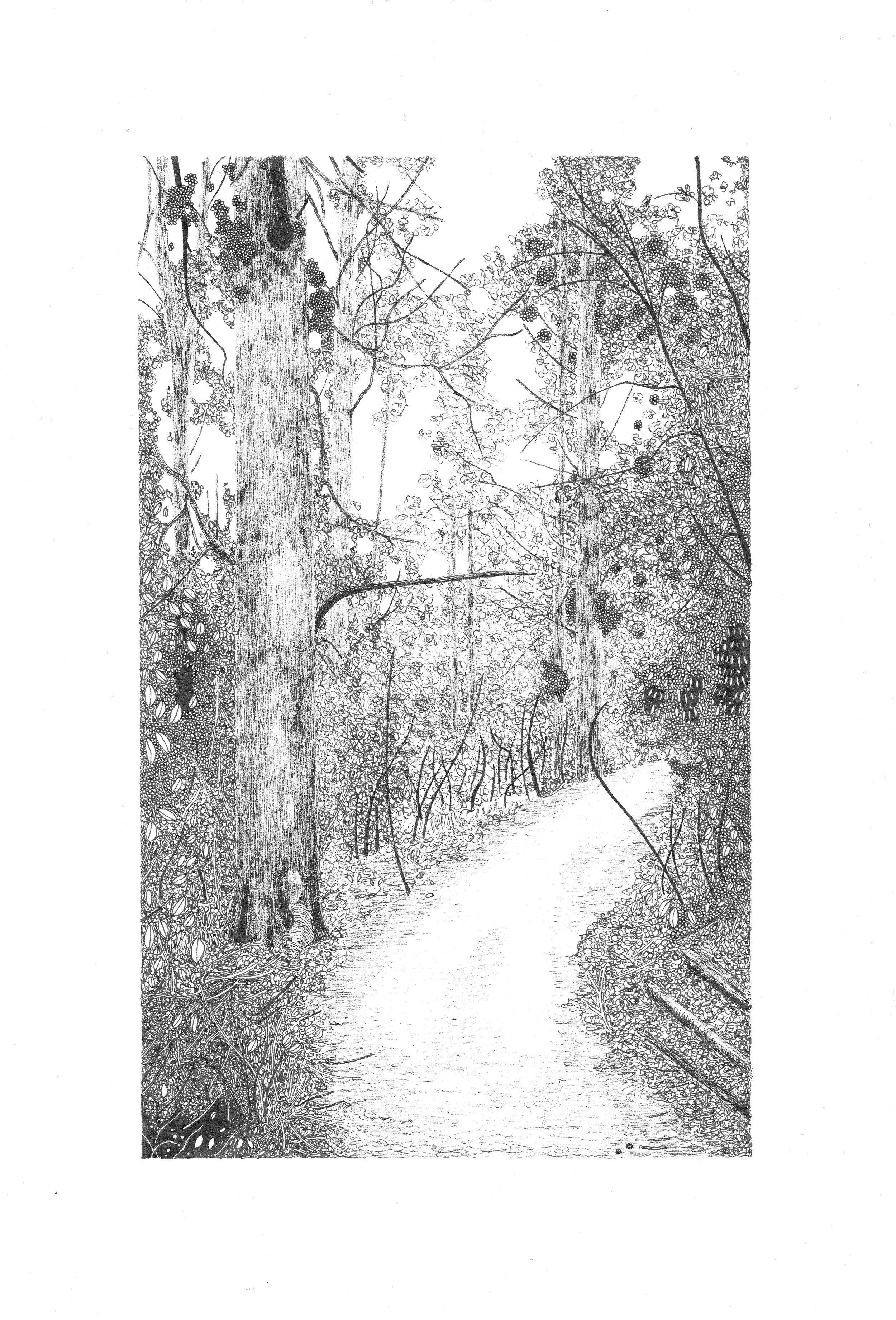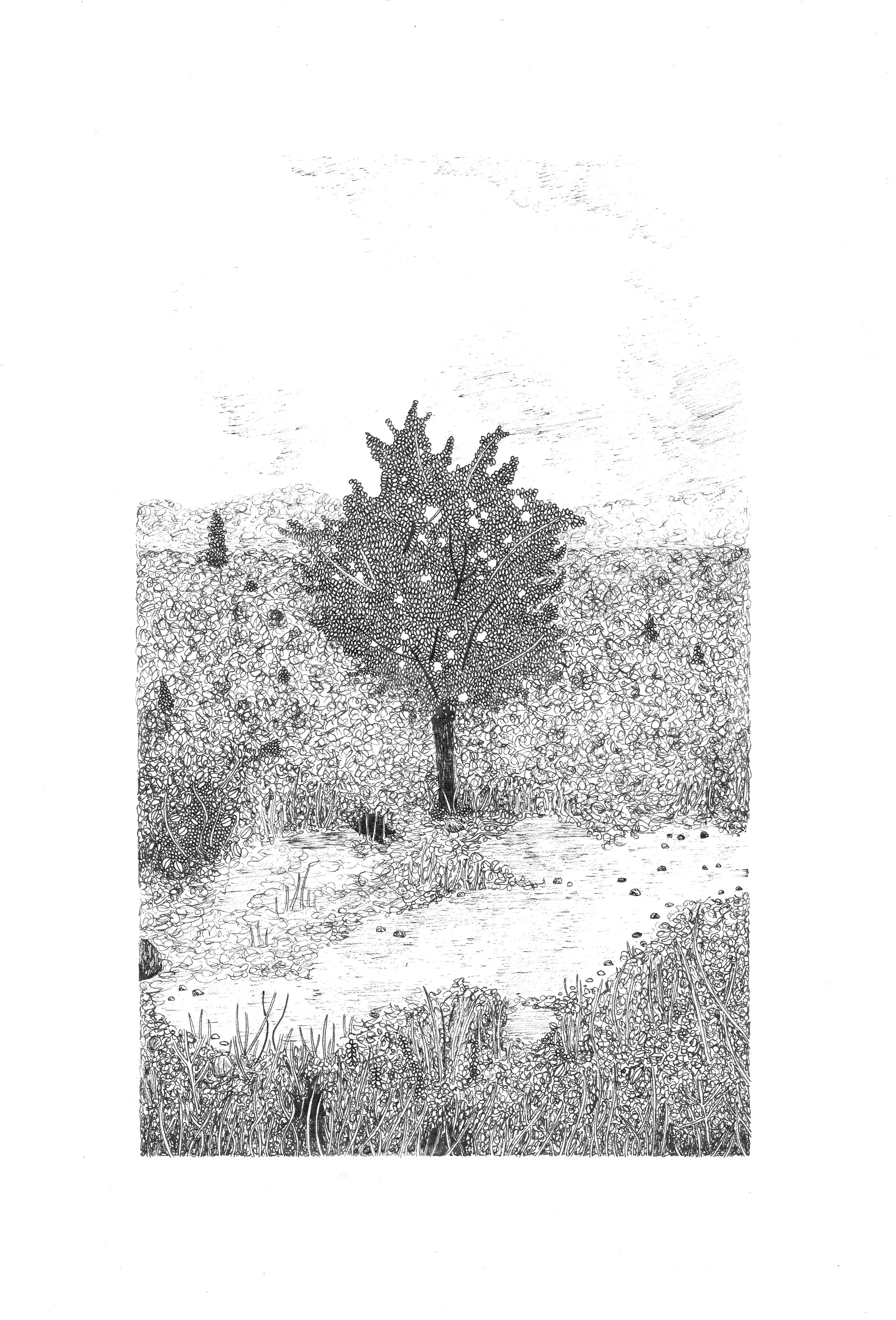I'm a curious type; I like to know what informs an artist. Who or what do they look to for inspiration? How do they work? Each month I will be asking an artist I admire a few questions, this month is Hanna Varga of Ashleaf.
An Oak Leaf cast in Bronze by Ashleaf
Hanna, this is the first time that I've featured sculpture in my interview series, tell me how Ashleaf started and what drew you to sculpture in particular?
Ashleaf was founded in 2015 by myself and another sculptor, Sam Dalton. This art practice branched out of the Crucible Foundry in South West London that Sam’s been running for over 20 years with Damon Rawnsley specialising in small high definition fine art bronze casting. At the foundry on occassion leaves were cast in bronze and silver for many years. Sam is a trained sculptor and also has a degree in Biological Science that informs his sculptural practice.
I studied fine art in Hungary and graduated in sculpture. I also completed a bronze casting training there at a small foundry to be qualified in the lost wax bronze casting technique. I started working at the Crucible Foundry 5 years ago as a sculptor/metalworker and soon afterwards working closely with Sam, we dedicated some time to pursue the casting of leaves in bronze and perfect this technique as best we could. Meanwhile, our interest in botanical art deepened and the potential of making botanical leaf sculptures that preserve the ephemeral by transforming leaves into a solid material was intriguing. Two years later we founded Ashleaf that exclusively focuses on leaves and translating their unique characteristics in bronze.
Where does the name Ashleaf come from?
Ashleaf does not refer to the species of leaves that grow on ash trees. Instead, it is a poetic interpretation of how leaves are cast in bronze. Leaves burn and turn to ash in the process. The impression of the leaf is preserved in a heat resistant investing material that surrounds the leaf. When the leaf burns, a cavity remains, where the molten bronze flows in and takes the leaf’s place, preserving its features in bronze. It is an adaptation of the ancient lost wax casting process in order to life cast leaves. Each casting is unique.
Leaves by Ashleaf
Leaves by Ashleaf
Leaves by Ashleaf
What is the process from start to finish of creating a new sculpture?
The first phase of the work is collecting/gathering the organic material, the leaves. This involves visits to botanic gardens, ancient trees, plants growing in specific location, walks amongst trees in our local parks/commons as well as being onservant of our immediate local environment: the trees and plants that grow on our doorstep in the streets of London.
Once we have the raw material ready, we start the process of preservation by doing the waxwork. With our technique we can preserve the surface texture on one side of the leaf, the contour line as well as its shape and form. These are the three main features of a leaf we can preserve in physical material.
A thin layer of hot wax is applied to one side of the leaf in order to thicken up the leaf to 3-4 mm. This is followed by the ‘treeing up’ process that involves attaching wax tubes to the leaf (like branches) that will allow the molten bronze to reach the leaf. We process leaves in batches that is the most efficient and cost effective way. Several leaves then are attached to a wax funnel. This completes the waxwork.
The investment is the next phase of the work. We use a heat resistant investing material that is applied in a liquid form, like plaster sets to solidify and surrounds the leaves.
Once the investment is set, it goes into a kiln to be heated up to a high temperature. It usually takes up to 3 days to reach the desired temperature. Meanwhile the leaves burn and turn to ash, and the wax melts out, leaving a cavity that will be ready to receive the bronze. This is called the ‘firing’ in foundry terms.
On the third day the caster at the foundry starts to melt bronze in the crucible and when the molten bronze reaches the desired temperature, the investment moulds are taken out of the kiln. There is a careful control over temperatures of the metal that is going to be poured and the container into which it is poured into. These two need to correspond to one another flawlessly. This part determines the results of the casting.
Our bronze leaves are cast with a centrifugal casting technique that also jewellers use, that allows high definition details in small objects.
After casting, the bronze cools down quickly and the investment mould is ready to be broken up to reveal the freshly cast leaves.
At this stage, the metalwork begins. All that was leaf and wax is now solid bronze. We use various grinders, saws and chisels to remove the excess material that facilitated the bronze casting, but does not belong to the leaf. This is a labour-intensive process and often takes weeks to finish metalwork on a collection of bronze leaves.
Once the metalwork is completed. The bronze leaf is ready for the last stage of the work: the patination. Patination is the surface colouring that happens as apply various chemical substances to react on the heated or cold surface of the metal. Patination develops over time depending on the temperature and humidity in the air.
We sometimes choose natural greens, yellows and brown for the leaves. However, we also found various shades of blue striking and really enhancing the hypperrealistic qualities of bronze leaves.
Leaf Sculptures by Ashleaf
Your studio is in London and yet leaves and nature are your main subjects, where do you go to source new inspiration?
Despite living in London, the opportunities for coming in contact with nature are many. The street trees and plants of London are varied and provide a great source of leaves for us to use. Besides, there are numerous parks, commons and heaths, as well as Kew Gardens. We’ve never felt deprived of raw material for the fact that we are based in London that is a densely populared urban environment. It is a green city and one can find about 50 different species of leaves growing alongside the pavement on an ordinary walk from home to work. Also, we sometimes go on special trips out of London to find leaves from specific locations.
I love learning random facts about people, tell me three things about yourself.
1. I bake sourdough bread daily at home that I really love doing.
2. I love reading, especially poetry and independent publications. I’ve just received a book that was published with the help of crowdfunding. It’s called Waymaking - an anthology of women’s nature writings. I’m really looking forward to reading this now. It’s such a wonderful feeling to hold a copy of a book I contributed to making it happen.
3. My favourite colour is blue.
Finally, where can people follow your work online?
Please follow us on twitter and instagram for daily work shots, musing, news and updates. We also have an Open Studio coming up on the 10th of November.
Thank you to Hanna for agreeing to be part of my interview series, I love hearing about the process of bronze casting as it is so different to my own art practice. It fascinates me to see how delicate leaves can be transformed into solid metal pieces of art to be treasured. Please follow Ashleaf on Twitter and Instagram using the links above to get a regular dose of nature and art in your feeds.
If you'd like to take part in my artist interviews series then please do get in touch at claireleanneleach@gmail.com.
If you enjoyed reading then please click the heart at the bottom, share or better still leave me a comment, I love reading them. ❤️








